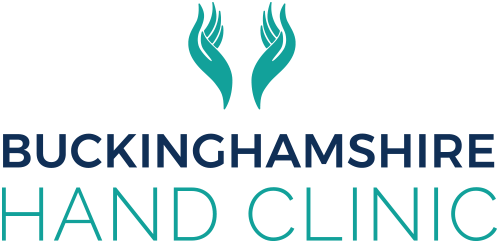The field of hand and wrist surgery has developed into a specialty of its own with tremendous progress in the understanding of the anatomy and biomechanics. There has also been a significant advance in our understanding of the pathology of conditions affecting the hand and wrist.
Movements of the hand and wrist are integral to many activities of daily living, work, hobbies and sports. The functional activities of tendons, muscles, nerves, blood vessels and the joints are intricately connected and finely balanced. These structures are covered by highly specialised skin which not only provides protection but also is crucial to grip and sensory perception. Any change in one of the structures is therefore likely to affect the hand as a whole.
Carpal Tunnel Syndrome
Carpal Tunnel Syndrome affects about 1 in 1000 people per year. It is the most common nerve entrapment syndrome. Symptoms are caused by abnormality in conduction along one of the main nerves in the hand (called the median nerve) as it crosses the wrist.
Symptoms: The classic symptom is pins and needles that wake the patient up at night. They are usually relieved by shaking the hands or hanging them down. In milder cases, symptoms are noticed on waking up in the morning. Symptoms may also be noticed when the hand is held in a gripped position (for example: holding the steering wheel whilst driving, holding a phone, a book or a blow-dryer). In long-standing cases, numbness, weakness and muscle wasting ensues.
Investigations: The diagnosis is usually made on the basis of history and clinical examination. Nerve conduction tests help to confirm the diagnosis and exclude other conditions with similar symptoms.
Treatment: In early and mild cases, non-operative measures suffice. These include night splints and cortisone injections. Injections are more likely to be effective in patients who have a short duration of symptoms. In general, most patients eventually require surgery.
Carpal Tunnel Release
Carpal tunnel release is one of the most common procedures offered by the hand surgeon. It provides substantial symptom relief to a vast majority of patients who have had a careful assessment. In severe or end-stage disease, complete recovery may not occur and the aim of surgery is to halt further deterioration of nerve function.
The operation is performed as a day case or on walk-in-walk out basis, usually under local anaesthesia. The median nerve is released by dividing a band of ligament overlying it at the front of the wrist through 3-4 cm skin incision. A tourniquet around the top of the arm may cause some discomfort and I do not routinely use it. Absorbable sutures are preferred although non-absorbable sutures are sometimes used. A bulky dressing is applied to protect the wound.
After-care and recovery: Finger movements and use of the hand for light activities are commenced straightaway.
Simple painkillers like paracetamol and ibuprofen for 3-4 days is often all that is needed to avoid pain. It is important to take the painkillers soon after the operation and before the local anaesthetic has worn off for best results. The hand should be kept elevated for at least 4-5 days to reduce the risks of swelling and stiffness.
The wound should be kept dry and clean to reduce the risk of infection for at least a week. If non-absorbable sutures are used, they are removed after 10‐12 days.
Once the wound has healed, scar massage and exercises will aid recovery. These can be performed at home or under the guidance of a hand therapist. Most people can resume driving after 10 days. You will be seen in the clinic around 2 weeks after surgery.
Scar discomfort usually settles in 2-3 weeks but can occasionally linger on for longer. It is common to feel discomfort whilst leaning on the scar (eg. use of a walking aid) or stretching it. Scar massage will be taught to speed up recovery during the follow-up visit.
In long standing or severe cases, symptoms may not be relieved completely. Pins and needles usually subside. Numbness often takes 12-18 months to settle down and may not recover completely in severe cases. Muscle wasting is usually permanent and does not recover. The risk of significant worsening of hand function after surgery is extremely small.
